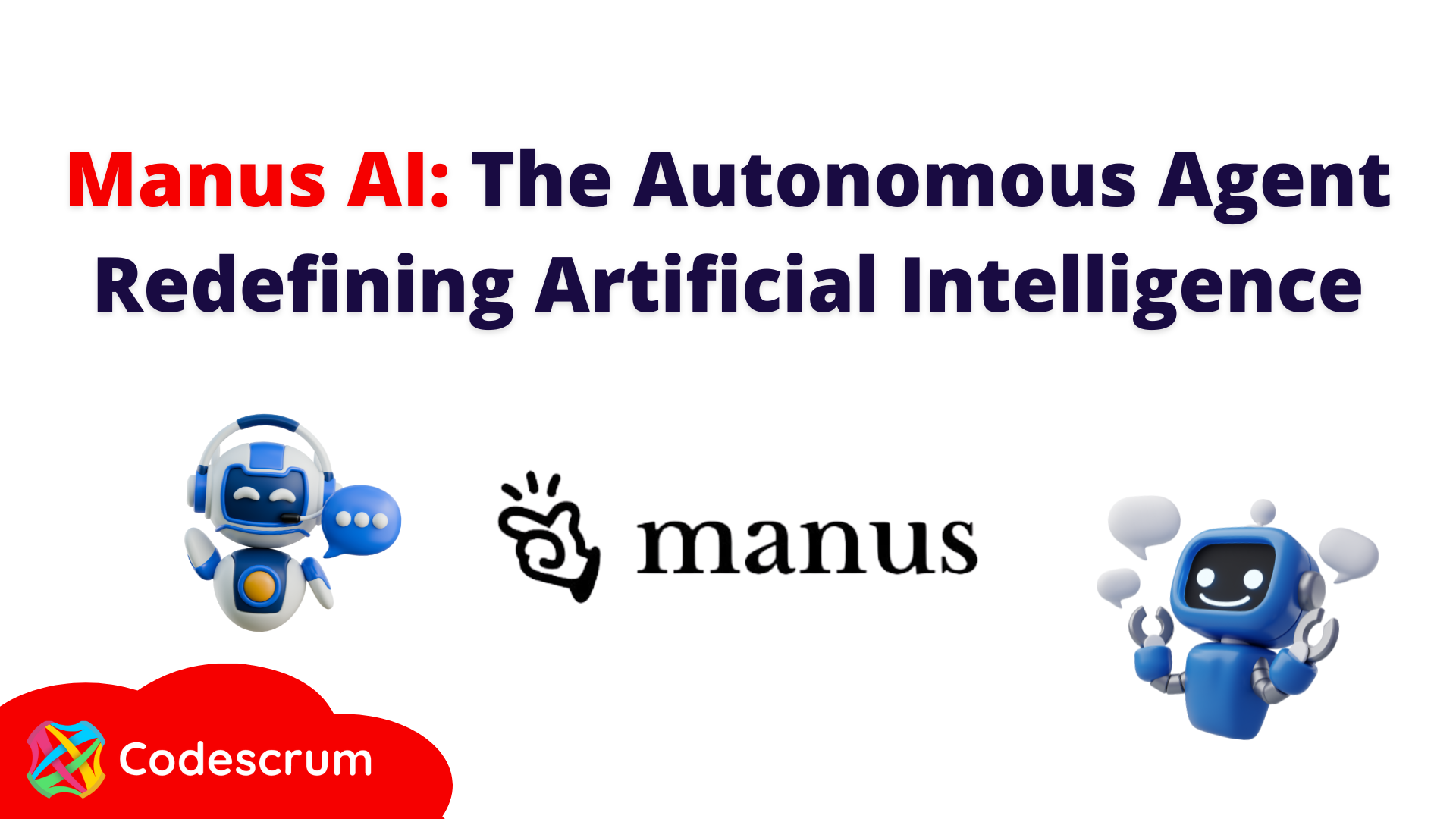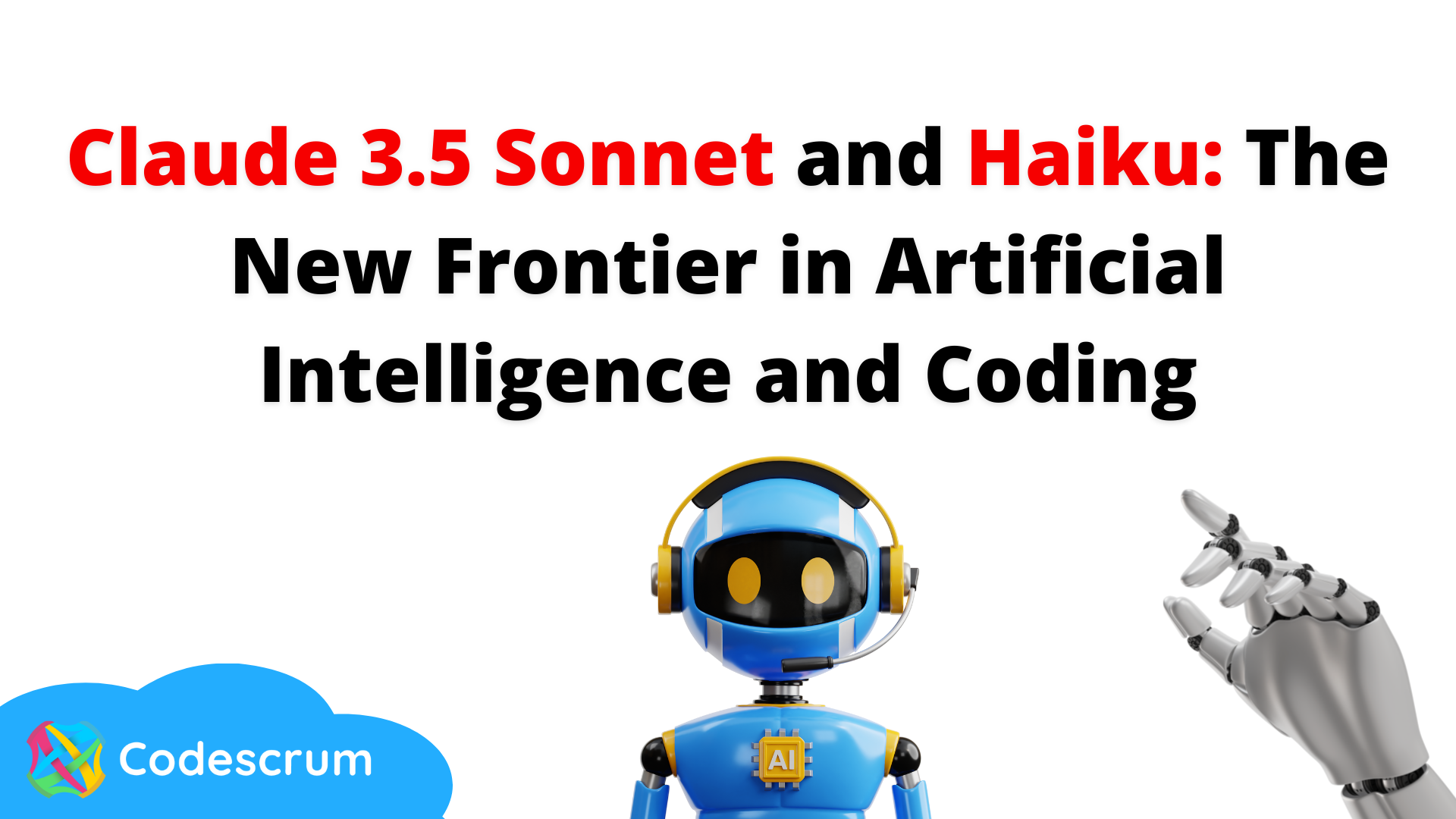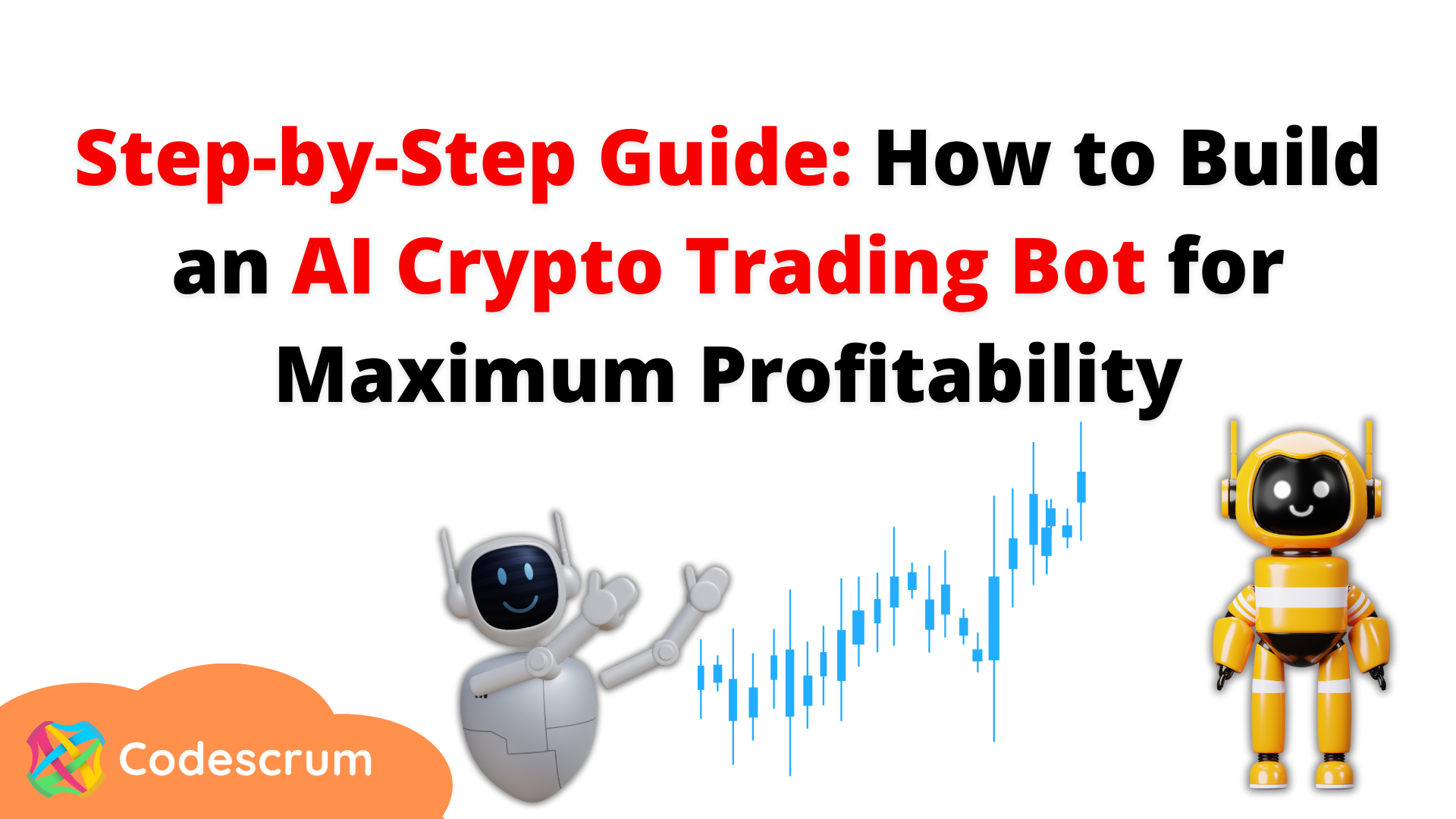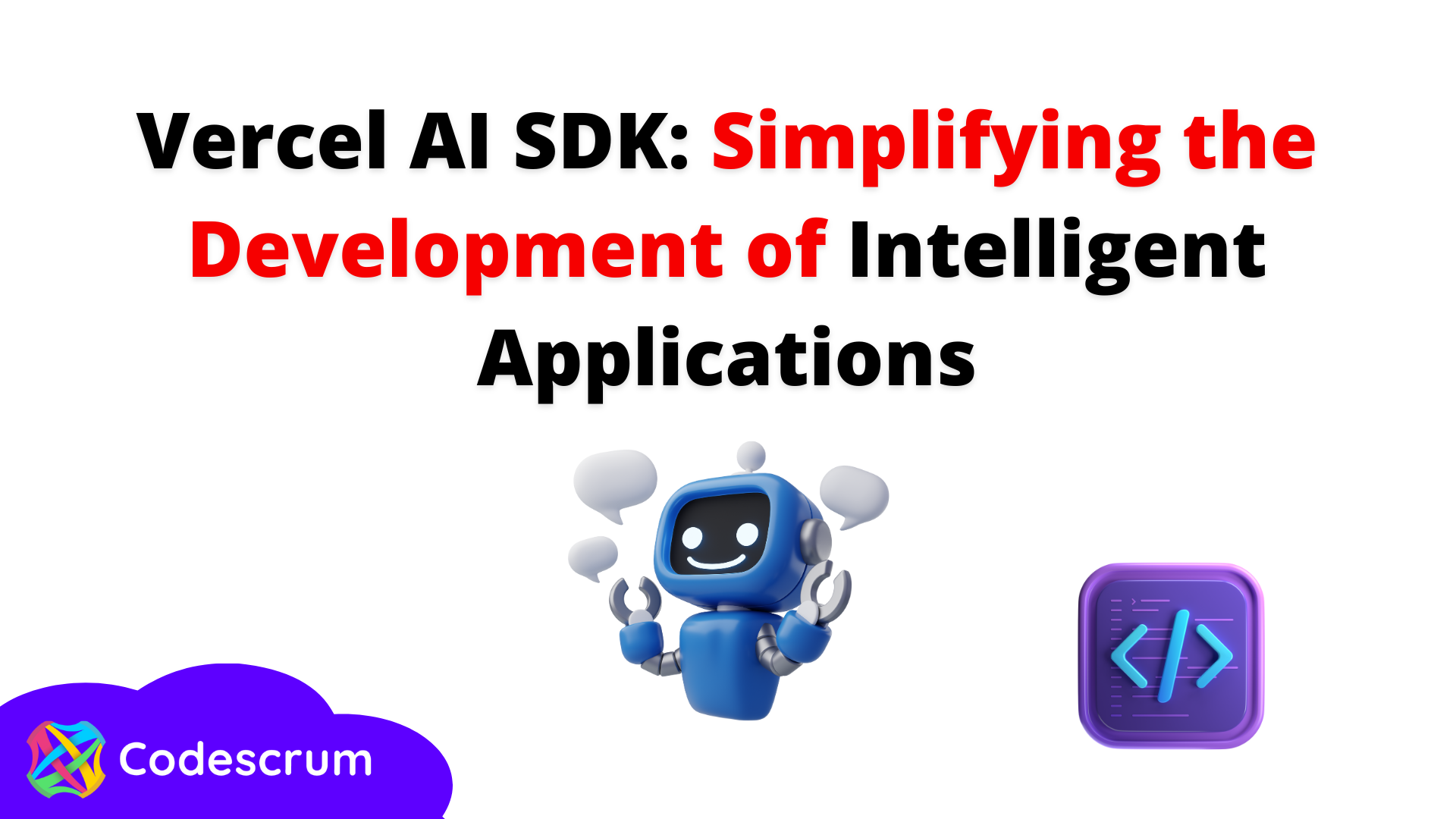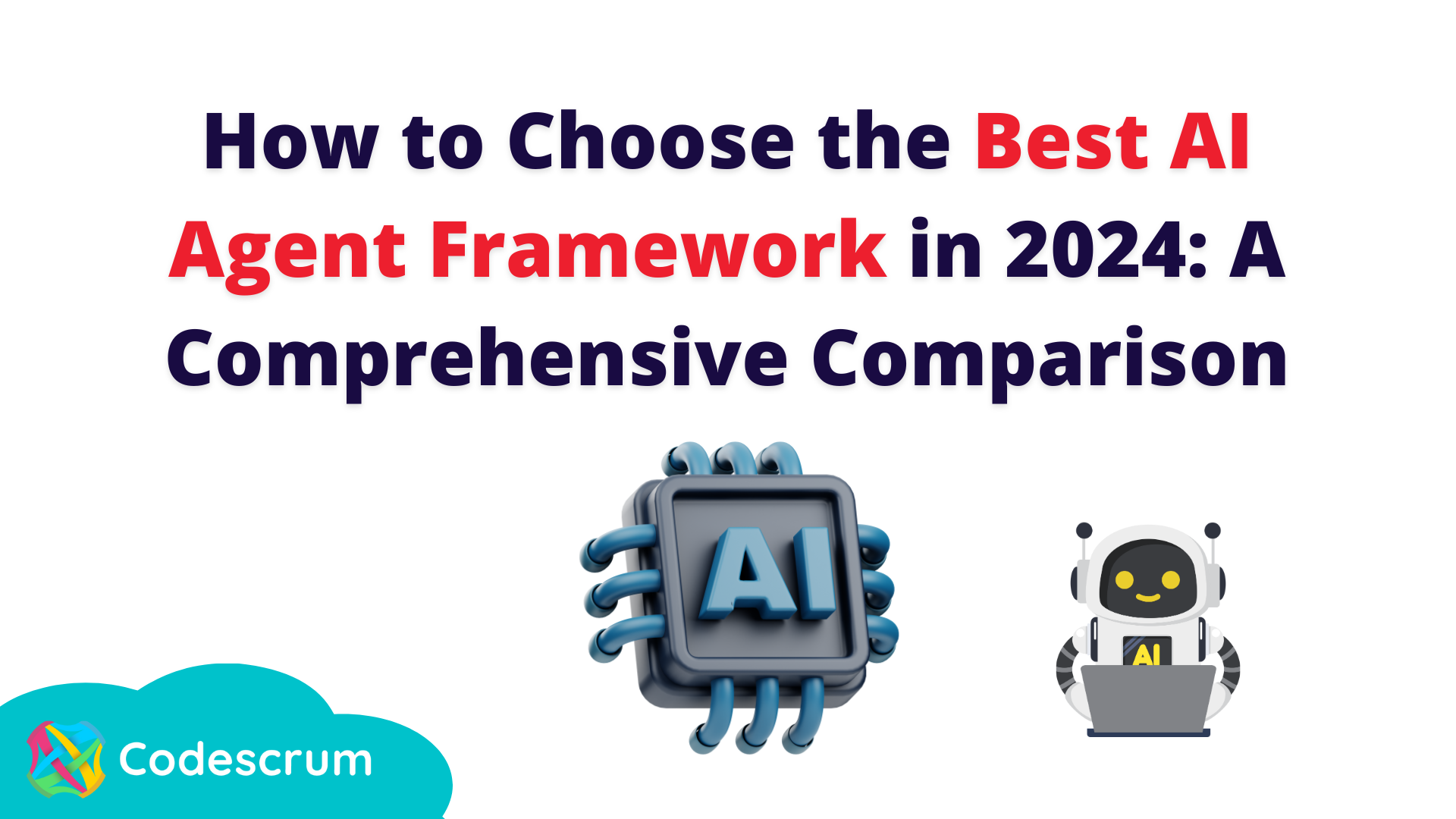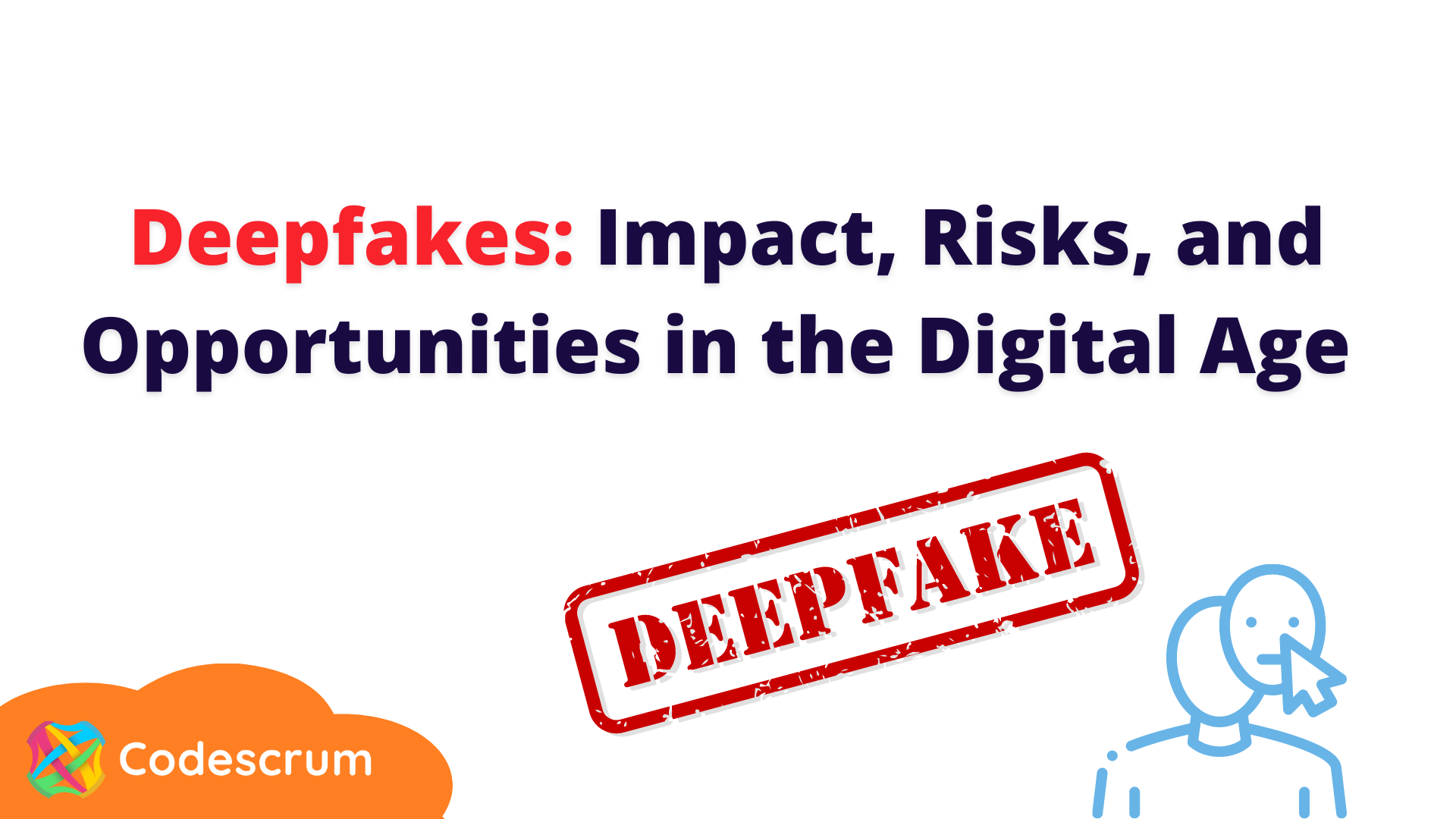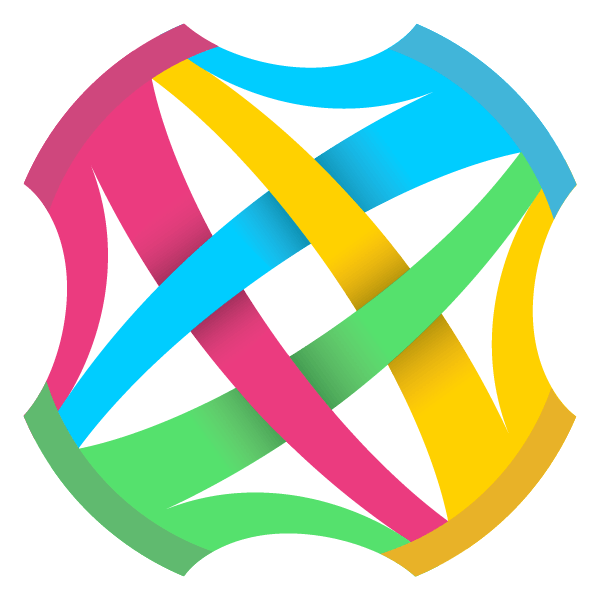VLOGGER: The Revolution in Video Generation from Photos
From the latest advancements in artificial intelligence to innovation in digital animation, technology continues to astound us with new tools that push the boundaries of what's possible. One of the latest additions to this repertoire is VLOGGER, an AI developed by Google that is making waves in multimedia content creation.
Introduction to VLOGGER
VLOGGER, whose name is an acronym for "Video Logger," represents a significant milestone in the convergence of static imagery and dynamic motion. In essence, it is a tool that transforms a still photograph into a fully animated video, with the ability to track the audio and facial movements of the person in the original image. How is this possible? The answer lies in combining advanced artificial intelligence models and real-time image processing techniques.
This article delves into the fascinating world of VLOGGER. From its conceptualisation to its practical application, we will discover how this innovative AI is changing how we interact with digital images and video.
How VLOGGER Works: From Static Image to Dynamic Video
The magic behind VLOGGER lies in its complex architecture of artificial intelligence, which enables the transformation of a simple photograph into an animated and realistic video. How does this fascinating system work?
The architecture of VLOGGER:
VLOGGER is based on a multimodal diffusion architecture, which combines 3D motion generation techniques with real-time image-to-image translation models. At its core, it consists of two fundamental stages.
1. 3D Motion Generation:
In this initial phase, VLOGGER takes a static photograph of a person and a corresponding audio clip as input. Using a 3D motion generation model, the AI maps the audio information to create a three-dimensional representation of the person's facial, gestural, and postural movements in the image. This process involves predicting facial expressions, head movements, hand gestures, and other details that bring the animated avatar to life.
2. Real-time Image-to-Image Translation:
Once the 3D motion has been generated, VLOGGER uses an image-to-image translation model to convert this information into coherent, dynamic video frames. This model, powered by temporal diffusion techniques, considers both visual and temporal information to generate smooth and natural transitions between frames, creating the illusion of fluid and realistic movement.
Training and Data for VLOGGER:
An extensive multimedia dataset called MENTOR, consisting of thousands of hours of videos of people speaking, was used to train the VLOGGER model. Each video is meticulously labelled, allowing the AI to learn and understand the nuances of human movements in different contexts and situations.
VLOGGER is the result of years of research in artificial intelligence and image processing. It combines the best disciplines to offer a unique and astonishing video generation experience.
Uses and Applications of VLOGGER: Beyond Video Generation
VLOGGER represents a technological advancement in video generation from static images and opens various possibilities in various areas and sectors. Below, we will examine some of the most promising applications of this innovative technology:
Video Translation:
One of VLOGGER's most immediate applications is its ability to translate videos seamlessly and realistically from one language to another. For example, the AI can take an existing video in a particular language and modify lip movements and facial expressions to match an audio track in another language. This not only simplifies the process of dubbing and localising audiovisual content but also significantly enhances the viewer's experience by offering precise synchronisation between audio and image.
Creation of Animated Avatars:
VLOGGER can create animated avatars for various applications, such as virtual assistants, chatbots, video game characters, and more. These avatars can interact with users naturally and realistically, providing a more immersive and engaging user experience. Additionally, customising avatars according to user preferences and needs offers excellent versatility and flexibility in their implementation.
Low Bandwidth Video Communication:
VLOGGER can provide an effective real-time video communication solution in environments with limited bandwidth or internet connectivity unreliable. By generating an animated avatar from a static image and an audio clip, the AI can efficiently transmit voice messages and facial expressions without relying on large amounts of data. This is especially useful in virtual reality applications, where interpersonal interaction is crucial in immersing the user in the virtual environment.
Education and Entertainment:
VLOGGER also has potential applications in education and entertainment. For example, teachers can use animated avatars to deliver lessons more dynamically and engagingly, capturing students' attention and facilitating learning. Similarly, content creators can use AI to produce high-quality multimedia content more efficiently and cost-effectively, reaching broader and more diverse audiences.
Challenges and Limitations of VLOGGER: Important Considerations to Keep in Mind
Despite its impressive capabilities and potential to transform how we interact with multimedia content, VLOGGER also faces challenges and limitations that must be carefully addressed. Below, we will explore some of the main drawbacks associated with this innovative technology.
Imperfect Fidelity:
While VLOGGER can generate videos with a high degree of realism, the fidelity of the result may vary depending on various factors, such as the quality of the input image and the accuracy of the 3D motion generation model. In some cases, the animated avatar may not accurately reflect the movements and expressions of the person in the original image, which can affect the credibility and effectiveness of the generated video.
Limitations in Motion Capture:
VLOGGER may encounter difficulties capturing extensive movements or complex gestures, primarily when relying on a single static image as a reference. This can result in less smooth and natural animation, as the AI may need help interpreting and replicating subtle details of human behaviour. Additionally, VLOGGER's ability to handle long-duration videos or complex environments may be limited, affecting its utility in specific contexts and applications.
Restricted Access and Potential Misuse:
Since VLOGGER is still in the research and development phase, its access is limited to a select group of researchers and developers. This may hinder its widespread adoption and restrict its availability to those who could benefit from its use. Additionally, there is a risk that this technology could be misused or abused, such as creating fake videos or identity theft, which could have severe consequences for the privacy and security of the individuals involved.
Ethical and Social Challenges:
Developing and implementing technologies like VLOGGER poses ethical and social challenges that must be proactively addressed. For example, the ability to generate realistic videos from static images may increase the risk of misinformation and content manipulation, undermining trust in the media and the integrity of information. Additionally, there is a risk that this technology could be used to perpetrate fraud or deception.
In conclusion, while VLOGGER offers a range of benefits and exciting opportunities in multimedia content generation, it also poses a series of challenges and risks that must be addressed carefully and responsibly. By understanding and mitigating these limitations, we can maximise the potential of this innovative technology and ensure that it is used ethically and responsibly for all benefit.
